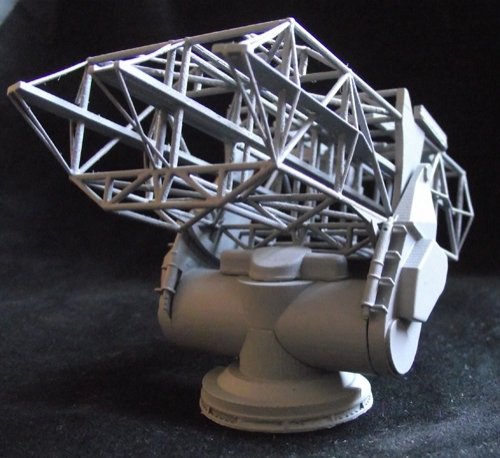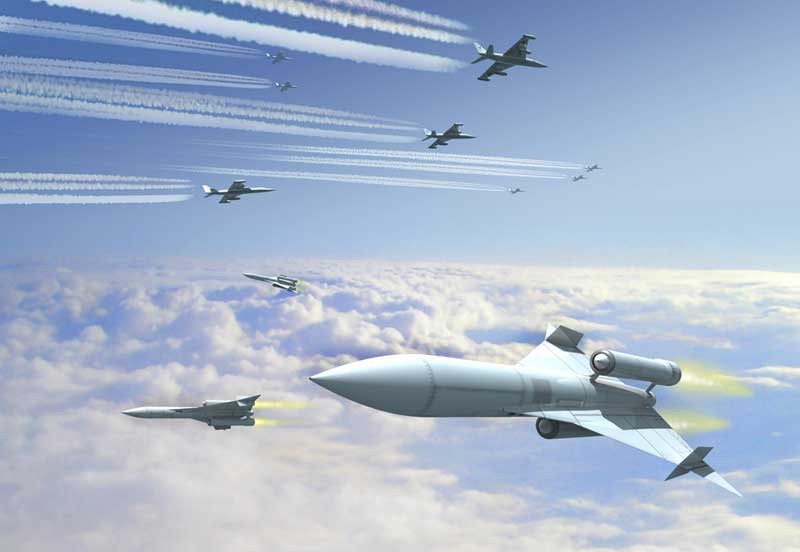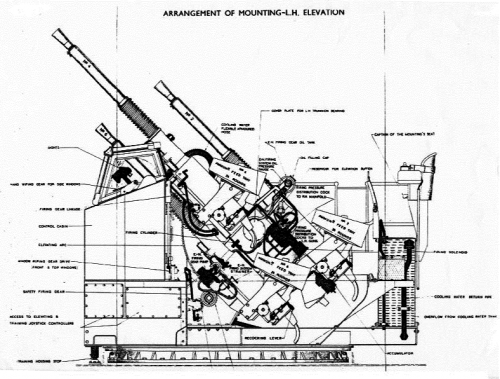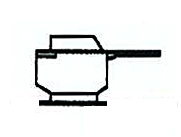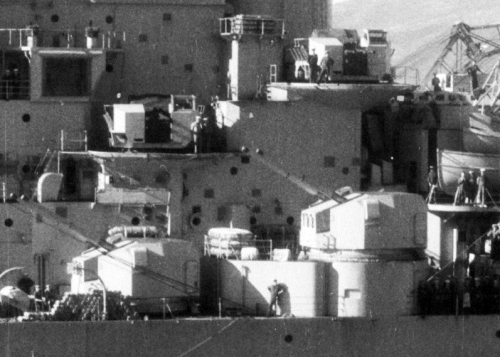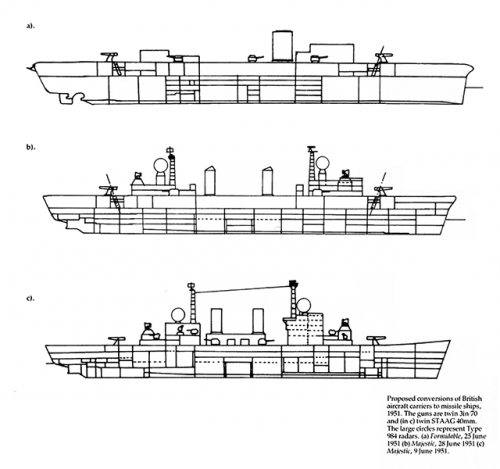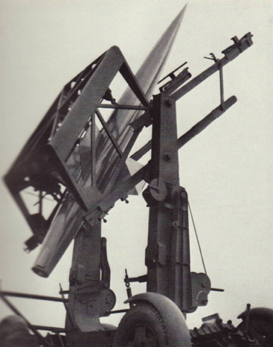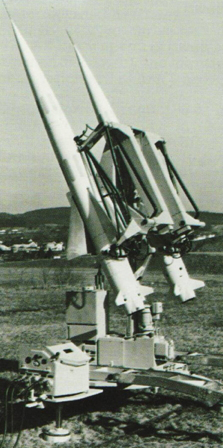Converting the 1936, 1937 and 1938 program WWII fleet carriers is probably a better idea (HM Ships Illustrious, Formidable, Victorious, Indomitable, Implacable and Indefatigable) because they are effectively unusable after the 1940s as aircraft carriers due to their height challenged hangars. However the 1942 and 1943 program light fleet carriers were built with tall enough hangars to operate almost all post war aircraft and helicopters. The fleet carriers converted into GW cruisers would also, compared to a light fleet carrier, have the benefit of fleet speed (30-32 knots), large gun batteries (16x113mm guns) and have armoured hangars that could be used to store large batteries of Sea Slug missiles and the required CIC/AIO. Such refits would be much easier than the HMS Victorious refit because as GW cruisers they would not need a new type of boilers (no steam catapults to power) or new flight decks and hangars. They would just need a thorough refit (reboilering), a new electrical system and the installation of the missiles, fire control, radars, a new superstructure on the flight deck to improve accommodation, moving boats and close in defences from the sides to the flight deck, etc. Like the light fleet carrier Sea Slug conversion the large internal volume and large deck space would make any such conversion a lot easier than a typical new for old upgrade and provide plenty of surplus space for additional capability like helicopters, flag command facilities and so on.

